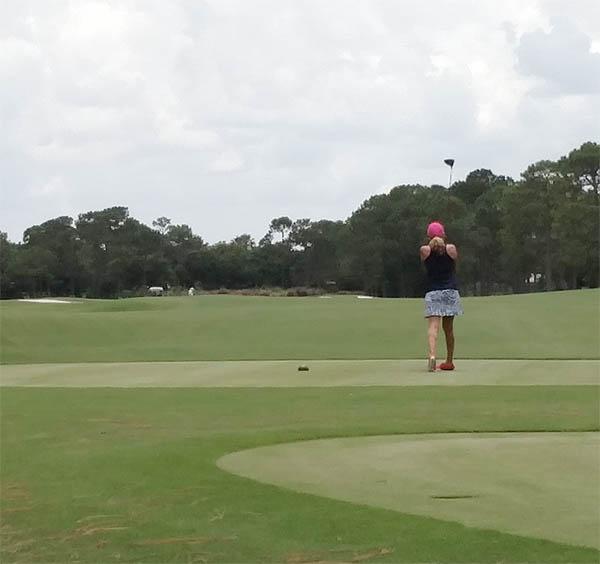Millennials aren't playing golf. Neither are minorities. And women are leaving the game in droves.
 Nothing is absolute, but these are some generalities we've learned to rely on in the past dozen years since golf course closings began to outnumber openings on a regular basis. 2006 marked the first time since the World War II era that more golf courses closed than opened. Since then, there has been a net reduction of about 1,300 18-hole equivalents.
Nothing is absolute, but these are some generalities we've learned to rely on in the past dozen years since golf course closings began to outnumber openings on a regular basis. 2006 marked the first time since the World War II era that more golf courses closed than opened. Since then, there has been a net reduction of about 1,300 18-hole equivalents.
Ask anyone in golf what they want most and the answers are pretty standard: more golfers and more rounds.
But is your concern founded?
Data show that some types of golf courses are more likely than others to become an industry statistics.
Rounds played in 2017 dropped from 460.8 million in 2016 to 447.4 million. Rounds have dropped steadily since 2000, when the game's all-time high mark was 518.4 million rounds played.
Leading up to the drop in rounds played is a slow leak in the number of golfers. The number of players in the market dropped by 150,000 in 2016 to about 21 million, the latest figures available.
In the early 1960s, there were 5,600 golf courses nationwide, and that number swelled to nearly 8,500 by 1970. In those days, there were only about 900 golfers per course. Today, there are about 13,500 golf courses with 1,300 players per course.
It's clear that something has to give. But what? Or, more accurately, who?
According to Stuart Lindsay of Edgehill Consulting, only 2 percent of member-equity clubs have closed since the wheels fell off the golf industry cart in 2006. Military golf course have had it worse - much worse - with 17 percent of the government's golf portfolio closing their doors in the past dozen years. In the middle were municipal (7 percent have closed) and privately owned facilities (14 percent), according to Lindsay.
Men comprise the largest single demographic, with 15.4 million players, and their numbers increased by a modest 1.6 percent in 2016. Women, on the other hand, make up just 26 percent of the golf market. And although they are an audience many golf course operators are trying to woo, they left the game in 2016 at a rate of 6.6 percent, more than offsetting any gains made by men.
Juniors and millennials are dropping out in huge numbers. In 2016, the number of juniors playing golf dropped by 9 percent, while those aged 18-34 were down by 4.5 percent.
Baby boomers, particularly male baby boomers, continue to be the game's bread and butter, a trend that eventually will reverse for a generation in decline. Millennials overtook baby boomers as the country's largest generation in 2015. As the baby boomer generation's numbers continue to decline, they will be surpassed by Generation X in about another decade.
He suggests that unless millennials and those at the upper end of Generation X miraculously start to pick up the game, the pressure will intensify for privately owned facilities, municipal course and military facilities. And what about the future for private, member-equity clubs?
It's a slow leak, but it's a leak nonetheless.

